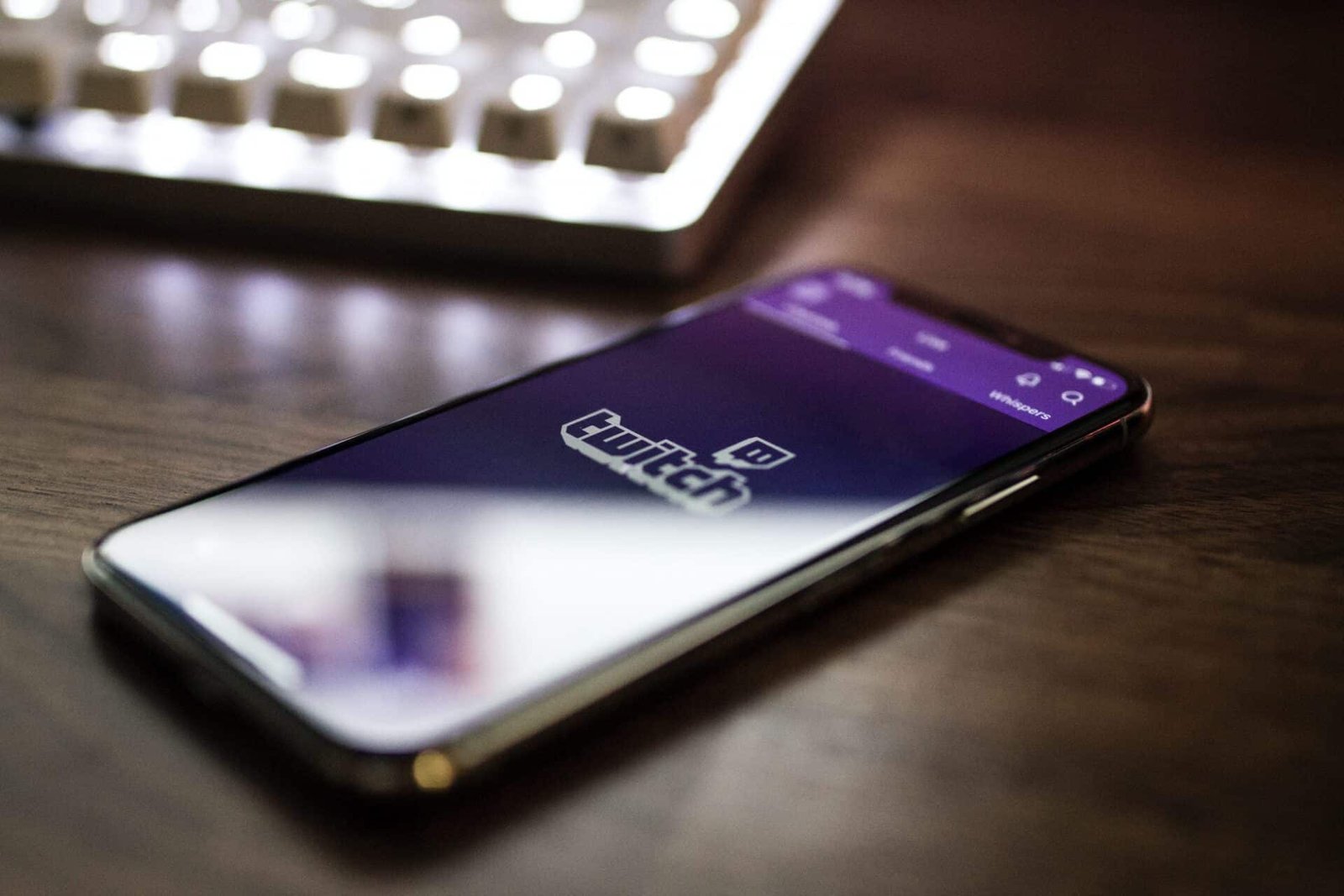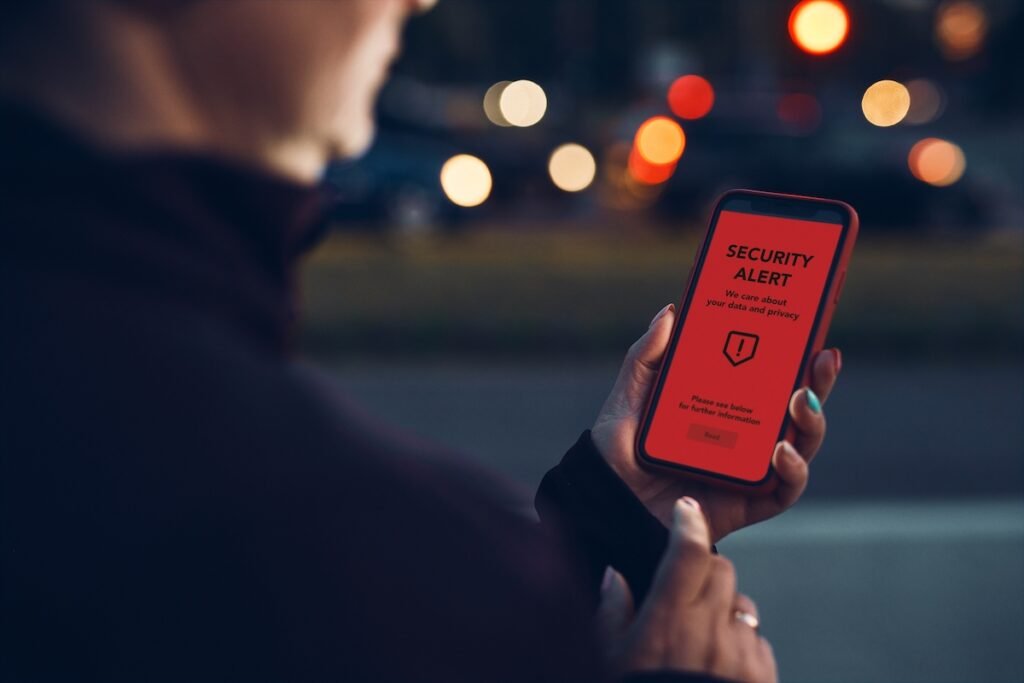Livestreaming is taking over the world of online entertainment, especially for gamers, and the platform called Twitch is dominating the field.
I’ve been twitching about Twitch as I just didn’t feel comfortable talking about it as I didn’t yet know the ins and outs of this site, thus the twitching. I knew some, I just didn’t know as much as I should, especially as a parent of a teen. I finally took the time to learn more about this popular site and there is A LOT of parents need to know.
You can find almost anything on Twitch to watch, such as people sharing or creating artwork, TV channels showing reruns of old episodes, live vloggers, and everything in between. But how much of this content is safe for kids?
You can view any Twitch stream for free with no account signup. However, some channels are marked as “mature” by their owners. Only accepting that you are of age, whether you are or not, allows you to view the channel. Signing up for a free account allows you to participate in a channel’s chat room. The chat cannot be turned off, only hidden. However, if the creator has “follower-only” or “sub-only” chat turned on, you can read it, but you cannot post anything. Following a channel means you are notified when that channel goes live. Subscribing to one requires you to pay a monthly fee to support the creator, starting at $4.99 per month. You also get special emotes and usually a shoutout on the stream.
Some channels have automatic bots, and sometimes real people, acting as moderators in the chat to keep an eye on any kind of language or arguments the creator deems inappropriate. Those with special privileges can either delete comments or ban a user entirely from the channel. Users can set their own profanity filters if they so desire, but other than that and the discretion of the moderators, there are no other ways to filter content for young viewers. There is also no time limit setting. During my view time I witnessed way too much profanity from the people I was watching, which parents should be aware of.
Participants can donate to content creators in multiple ways, such as donations, “bits” (another form of digital currency), and by subscribing to the channel if they have access to a credit card or PayPal account. Some channels will have links in their descriptions that lead to outside sites where donations can be accepted.
Only certain content creators can have subscribers. It involves gaining enough followers over a period of time. Some will entice users to subscribe or follow by wearing skimpy clothing, promising exclusive content, or other rewards. Some will play certain games requested by their audience, which may include violent or sexual acts. Twitch has certain policies in place to block the most offensive of content, but things will slip through the cracks at times.
Twitch allows people to feel like they are connected to the person they are watching. Some also make friends with others in the chat room of a particular streamer, so educate your children on the risks of meeting virtual strangers. As are most things in life, Twitch is best enjoyed with supervision and in moderation.
Parents please be in the know with what your kids are viewing, one way is to ensure they don’t use headphones when viewing so you can hear the conversation. My personal opinion is that Twitch should be 18 and older not 13 and older.
For continued advice and learnings on how to help your family stay safe and smart with the technology you use, follow
Dale Dumbs IT Down on Instagram
Dale Dumbs IT Down on Youtube
Learn more about the why behind my journey of helping families stay safe and smart with the technology they use at https://www.daledumbsitdown.com/
Photo by Caspar Camille Rubin








